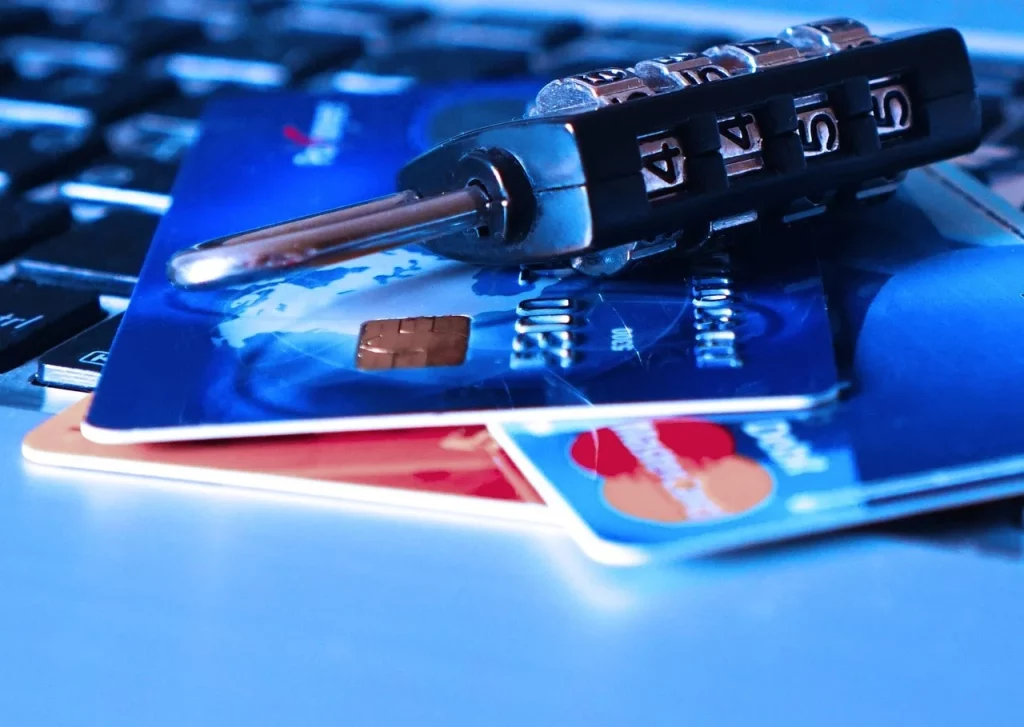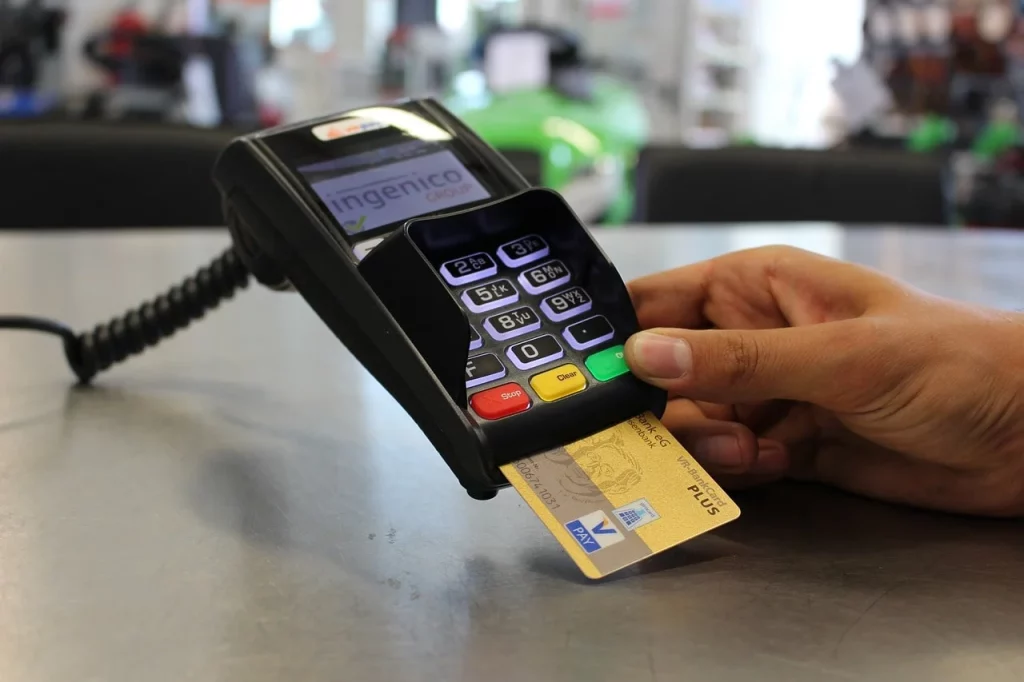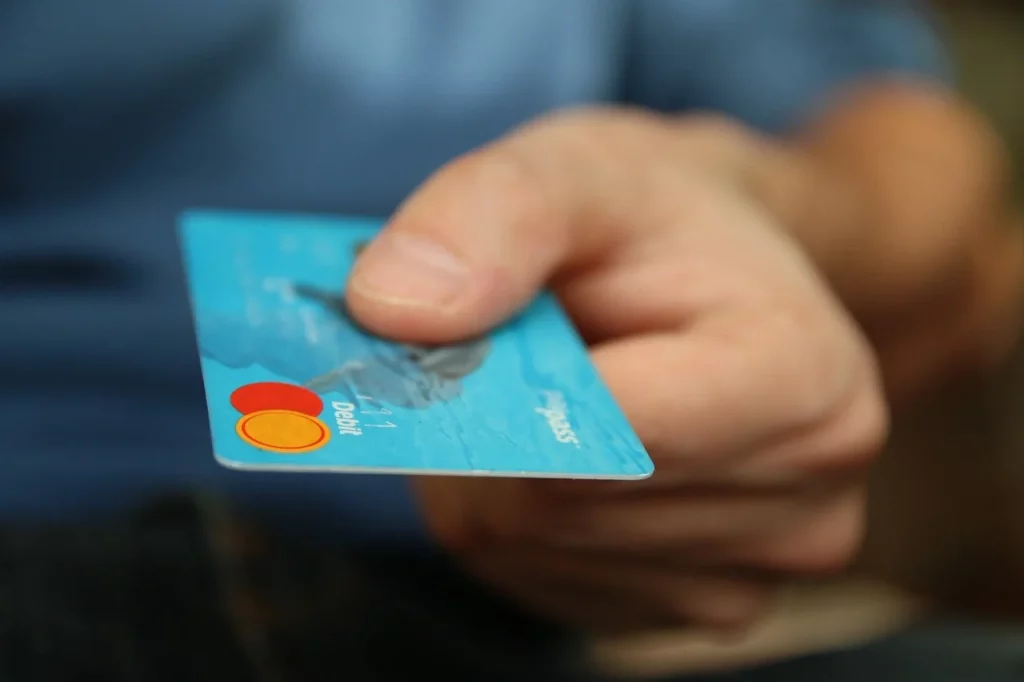Have you ever wondered about the little plastic card in your wallet that seems to hold endless possibilities? Credit cards, often seen as just a means to make purchases, are actually fascinating financial tools with a rich history and an array of surprising facts.
In this journey, we will explore how these small cards have a big impact on our daily lives, from their evolution over the years to some eye-opening statistics that might just change the way you view your next swipe or tap.
Too many people spend money they haven’t earned, to buy things they don’t want, to impress people they don’t like.
Will Rogers
Credit Card Facts
Before we delve into the world of credit cards, remember: there’s a quiz at the end of this article! Read carefully to prove your expertise on this topic. Are you ready to start?
- In the United States, the earliest credit cards appeared in the 1920s, primarily for automotive and fuel purposes.
- The concept of the contemporary credit card was introduced by Frank McNamara in 1950.
- Initially using magnetic stripe technology from the 1960s, credit cards are now shifting to chip technology.
- Developed in the 1990s, the EMV chip technology in cards was a joint effort by Europay, MasterCard, and Visa.
- A standard 16-digit number sequence, compliant with ISO/IEC 7812, is found on most credit cards.
- For enhanced security, each card features a unique CVV (Card Verification Value).
- Over 1 billion credit cards were in circulation in America as of 2019.
- Your credit score is crucial for credit card companies to assess your creditworthiness.
- Many cards offer rewards and cashback as incentives for frequent usage.
- A record-breaking credit card transaction involved purchasing a jet worth over $170 million, making it the most expensive credit card purchase.
- Globally, credit card fraud led to $28.65 billion in losses in 2019.
- Although Visa and MasterCard are well-known, they don’t issue cards but provide the payment infrastructure.
- The first credit card issued by a bank was introduced by John Biggins in 1946.

- Some high-end credit cards are crafted from exotic materials like gold or palladium.
- UnionPay in China is the largest card payment organization globally by transaction value.
- In Japan, credit cards commonly feature Osaifu-Keitai, a contactless payment technology.
- Secured credit cards are available, requiring a deposit as security.
- Virtual credit cards provide temporary card numbers for online shopping.
- The average credit card debt per American was $6,194 in 2019.
- Hattie Donovan, in 1958, became the first female to obtain a credit card, overcoming legal hurdles.
- Dynamic currency conversion fees are incurred during international card transactions.
- The first business travel credit card was launched by American Express in 1966.
- Credit card interest rates tend to be higher compared to other types of loans.
- Charge cards, predecessors of credit cards, demanded full balance payments monthly.
- Co-branded cards partner with specific retailers to offer unique benefits.
- Credit card issuers sometimes propose balance transfer options with attractive interest rates.
- Bank of America introduced the concept of revolving credit linked to credit cards.
- Modern cards mostly include NFC (Near Field Communication) for quick contactless payments.

- In 1958, the first American Express card was made out of paper.
- The initial credit card transaction recorded was a $27.75 dinner in 1950.
- Store-specific credit cards often reward loyalty points and store discounts.
- Credit limit on a card varies greatly, based on your creditworthiness and income.
- Annual fees are commonly charged by credit card companies for continued usage and benefits.
- A grace period on credit cards offers a window for interest-free repayments if paid in full.
- In a historic antitrust lawsuit over credit card fees, Visa and MasterCard agreed to a massive settlement in 2012.
- The Durbin Amendment led to lower transaction fees for debit cards compared to credit cards in the U.S.
- Business credit cards might offer higher limits and additional perks for business-related expenses.
- Securitized credit card receivables are a financial product based on bundled credit card debts.

- Studies indicate that credit card use tends to increase spending more than using cash or debit cards.
- Insurance benefits like travel or rental car coverage are offered by some credit cards.
- Many cards now incorporate RFID technology for faster and more efficient transactions.
- Cash advances on credit cards are known for their high fees and interest rates.
- Student credit cards typically have lower limits and aim to build credit history.
- The American Express Centurion Card, launched in 1999, was the first metal credit card.
- Prepaid credit cards were first introduced by Green Dot.
- Mobile payment platforms like Apple Pay and Google Pay can be linked with credit cards for transactions.
- Credit card skimming is a form of theft where a device is used to steal card information.
- The sequence of numbers on credit cards is not random but follows specific industry standards.
- Some cards offer an interest-free period on balances for a set time after issuance.
- Being an authorized user on a credit card can help build a credit history without legal responsibility for the debt.
Credit Card Myths

We finished reading all these fun facts about credit cards, and we moved on to the next section. Let’s separate the truth from the myth.
- Carrying a Balance Boosts Your Credit Score
It is often believed that carrying a balance on your credit card can improve your credit score. However, this is not true. In reality, maintaining a balance typically leads to unnecessary interest charges and could potentially harm your credit score if the balance becomes too high relative to your credit limit. - You Need Multiple Credit Cards for a Good Credit Score
Some people think that having several credit cards is necessary to achieve a good credit score. While having multiple accounts can be beneficial for credit utilization, it’s not a requirement. Responsible management of even a single credit card can lead to a strong credit score. - Checking Your Credit Report Hurts Your Score
A common misconception is that checking your own credit report negatively impacts your credit score. This is not the case. Personal credit report inquiries, known as “soft inquiries,” do not affect your score. Only “hard inquiries” by lenders can have a minor, temporary effect. - Credit Cards are Only for People With High Income
The idea that credit cards are exclusively for high-income individuals is a myth. In reality, there are various types of credit cards available, including those designed for low-income individuals or people with limited credit history. It’s about finding the right card for your financial situation. - Minimum Payments Are Enough to Manage Credit Card Debt
Many believe that making the minimum payment on their credit card each month is sufficient for good credit management. While it keeps your account in good standing, it results in prolonged debt and significant interest charges. Paying more than the minimum is generally recommended to reduce debt faster.
Credit Card Quotes

Here you will find my list of favorite quotes about credit cards. Let me know yours in the comments so I can add them to the list as well.
A credit card is a money tool, not a supplement to money. The problem comes in when the person thinks that it is a supplement or replacement for cash.
Joe Biden
Joe Biden, the President of the United States, emphasizes the importance of understanding credit cards as a financial instrument, not a replacement for actual capital.
Beware of little expenses; a small leak will sink a great ship.
Benjamin Franklin
Benjamin Franklin, a Founding Father of the United States, metaphorically warns about the dangers of small, unchecked expenditures, which can be especially relevant in the context of credit card debt.
Debt is like any other trap, easy enough to get into, but hard enough to get out of.
Henry Wheeler Shaw
Henry Wheeler Shaw, an American humorist and lecturer, insightfully describes the seductive ease of falling into debt, a common issue with credit card usage, and the difficulty of escaping it.
Credit buying is much like being drunk. The buzz happens immediately, and it gives you a lift… The hangover comes the day after.
Joyce Brothers
Joyce Brothers, a famous American psychologist and television personality, draws a parallel between the immediate gratification of credit card purchases and the delayed regret and burden of debt, similar to a hangover.
The safe way to double your money is to fold it over once and put it in your pocket.
Kin Hubbard
Kin Hubbard, a well-known American cartoonist and humorist, humorously advises on the virtues of saving over the risky temptations of credit card spending, emphasizing the value of financial prudence.
Credit Card FAQ

As you transition from the quotes to our FAQ section, remember that this is your final step before the quiz. Read carefully, because these are the last details you will read. Don’t disappoint me.
- How do credit cards work?
Imagine a credit card as a little plastic friend who pays for your purchases upfront. You then pay your plastic buddy back later, usually within a month. Each time you use it, you’re essentially borrowing money from the credit card issuer (like a bank) to buy things or get cash advances. But remember, this friend doesn’t like to wait too long for payback. If you delay, they might charge you interest, which is like a small fee for borrowing their money. - Which credit cards are metal?
Metal credit cards are the cool, heavy cousins in the credit card family. They’re known for their sleek design and durability. Some popular ones include the American Express Platinum Card, the Chase Sapphire Reserve, and the Capital One Venture Rewards Credit Card. They’re often associated with premium benefits and, sometimes, a bit of a status symbol. - How do credit cards make money?
They make money in a few ways. First, there are interest charges. If you don’t pay your full balance on time, they charge interest on the amount you owe. Then there are fees, like annual fees, late payment fees, and foreign transaction fees. And let’s not forget the transaction fees they charge merchants every time you swipe, tap, or insert your card at their stores. - Can credit cards get wet?
Yes, they can take a little splash! Credit cards are pretty resilient and can handle getting wet without major issues. The important bits, like the magnetic stripe and chip, are waterproof. However, it’s not a great idea to keep them soaked for long. If your card does get wet, just wipe it dry with a soft cloth. - Are credit cards secured or unsecured?
Credit cards come in both flavors: secured and unsecured. An unsecured credit card is like a trust-based relationship – no collateral is needed. The issuer trusts you to pay back what you owe based on your credit history. On the other hand, secured credit cards require a security deposit upfront, which usually becomes your credit limit. This type is great for building or repairing credit.
Credit Card Quiz

Get ready to swipe through our credit card quiz! Warning: Scoring zero might just leave you with a credit limit lower than the chances of finding a penny on the street!
Conclusion
In conclusion, credit cards aren’t just spending devices; they’re mini financial managers in your wallet. With great power comes great responsibility, and this is especially true for credit card usage. Always pay attention to your card’s terms, stay on top of your payments, and don’t let those rewards blind you to the potential pitfalls of overspending.
When managed properly, credit cards can be a stepping stone to financial freedom and a helper in times of need. And as always, let’s close this article with a funny question: If your credit card had a life motto, what would it be? ‘Swipe Now, Worry Later’ or ‘Every Swipe Counts’? Let me know in the comments.
5 Sources Used For This ArticleImpact of Minimum Payments on Debt – Answer Me Inc
Credit Cards For Beginners – Education Load
Credit Card Basics – E Commerce Platforms
Secured vs. Unsecured Credit Cards – Time


